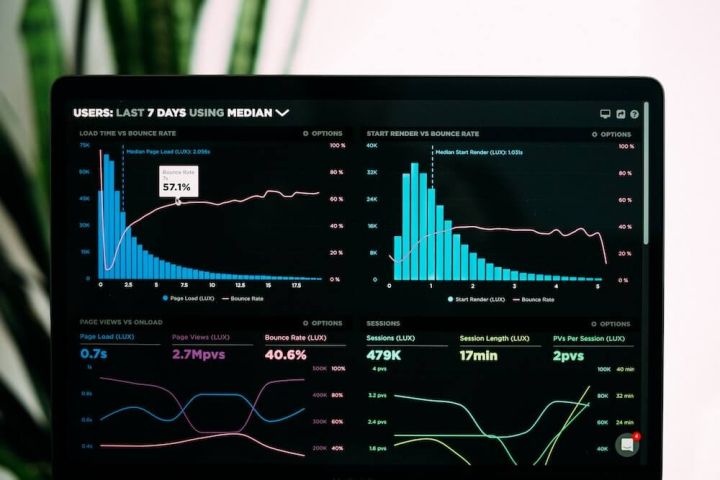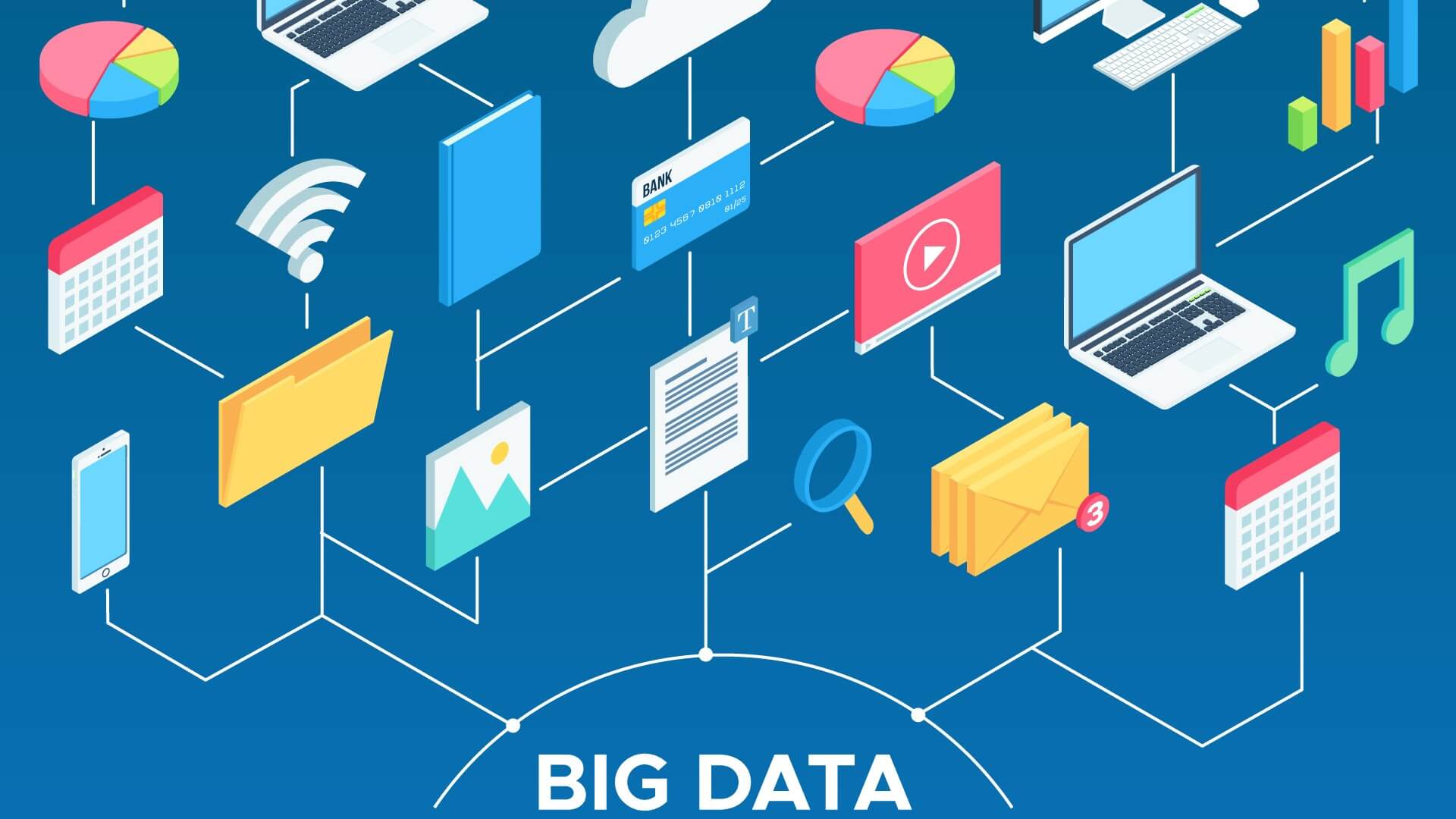What is the significance of digital transformation? This is the answer to the question that every enterprise is looking for, and the most common answer is the reinvention of business processes.
Big Data
The data grid can overcome many challenges inherent in big data by driving higher levels of autonomy and data engineering alliances among a wider range of stakeholders. However, big data is not a panacea, it brings a series of risks for enterprises to manage.
The British science and technology news media V3 recently listed 10 relevant misconceptions about big data applications.
Big data has always been a relatively mysterious industry, in recent years because of big data discriminatory pricing only by more than the average person to understand, so have you ever thought about big data whether it is developed or analyzed, where the data inside are coming from?
2013 is called the first year of big data, and all walks of life are gradually opening the era of big data applications. Until now, big data is still talked about.
Big data has been closely related to our life, many enterprises have started to use big data, even a small thing in our life may be related to big data.
Data Lake is a term that has emerged in the past decade to describe an important part of the data analysis pipeline in the big data world.
Although big data may seem advanced, but in these years of development, there have been many cases close to our lives, but we may not realize that this is actually "big data" in action.
In the digital age, the emergence of disruptive technologies has changed the nature of lending. Thanks to big data, the lending process is now less about the bank and more about the customer.
To do big data, first of all, you should understand what is the core of your own enterprise or industry. We often find that many enterprises are defeated not by their current competitors, but by many competitors who are not your competitors. For a simple example, everyone thinks that Amazon is an e-commerce company, but this is wrong. Its main revenue now comes from the cloud (cloud service). That is to say, enterprises need to find their own core data (value).










